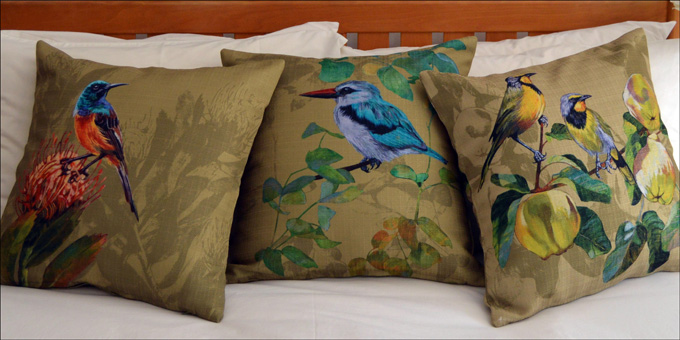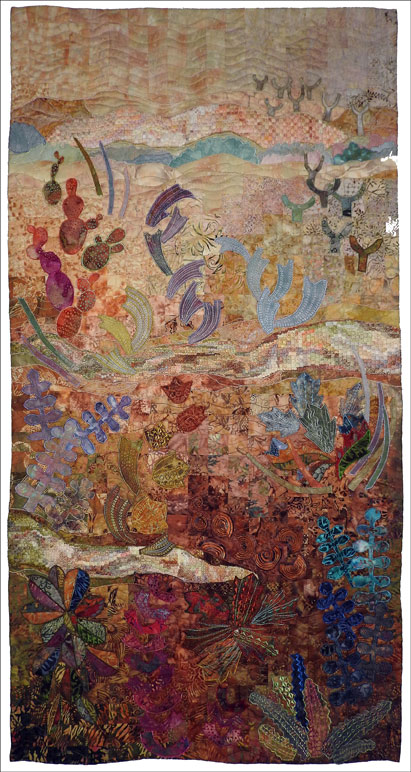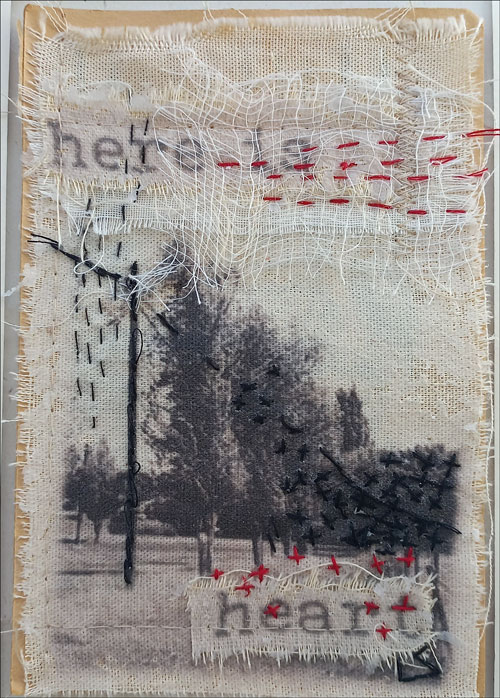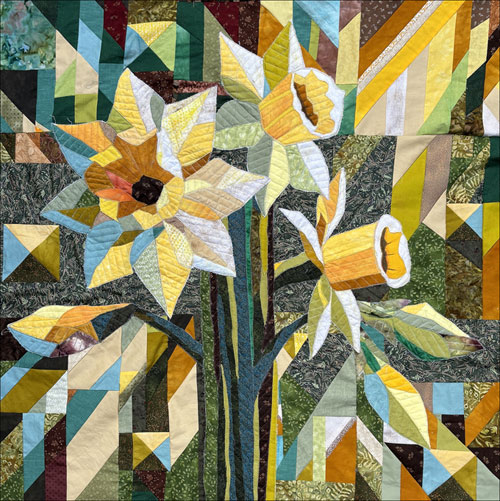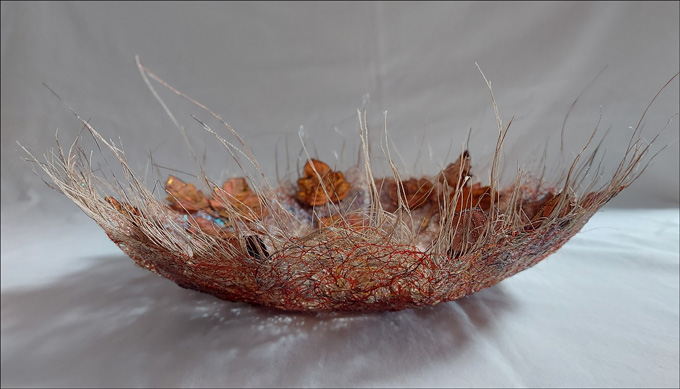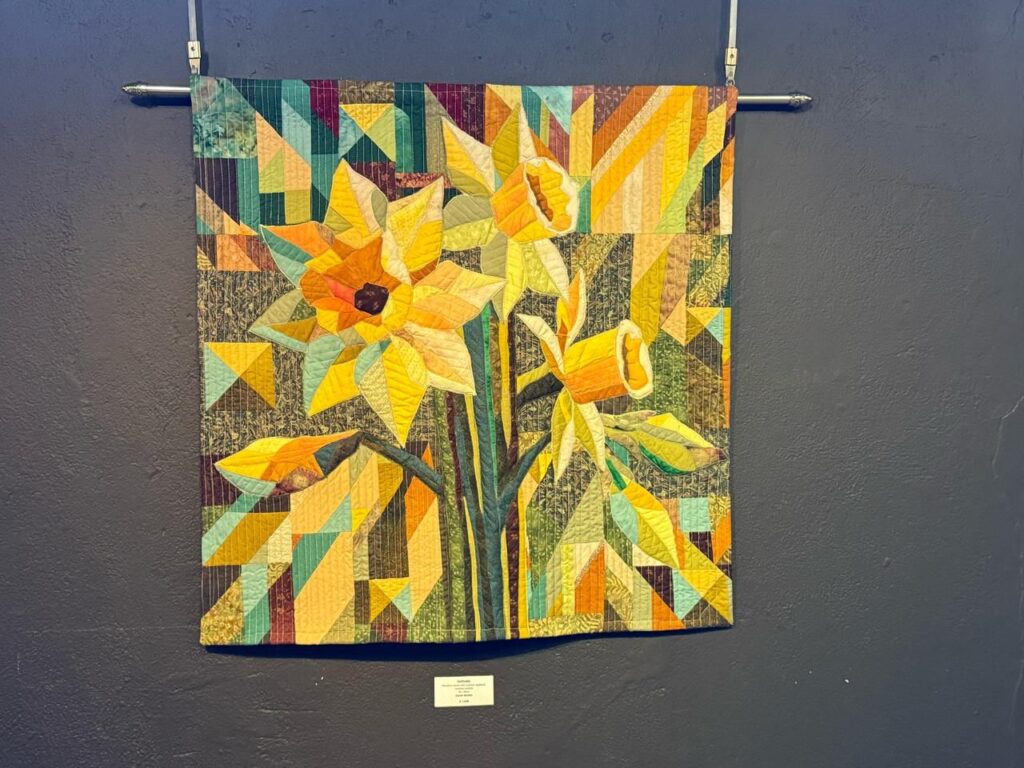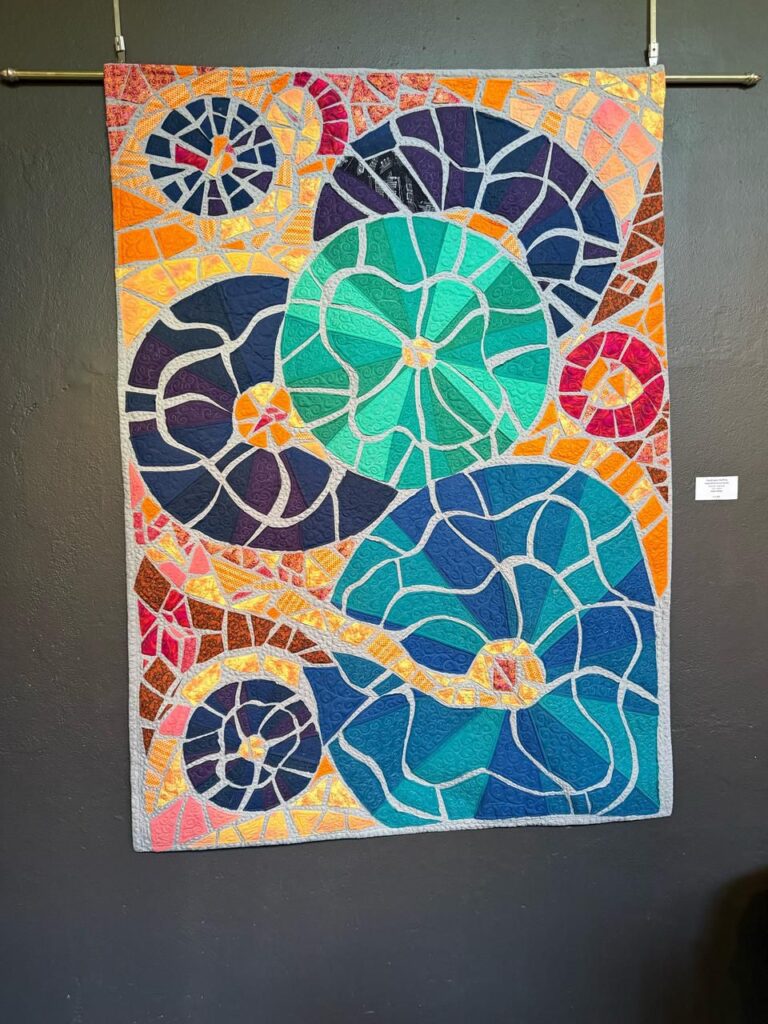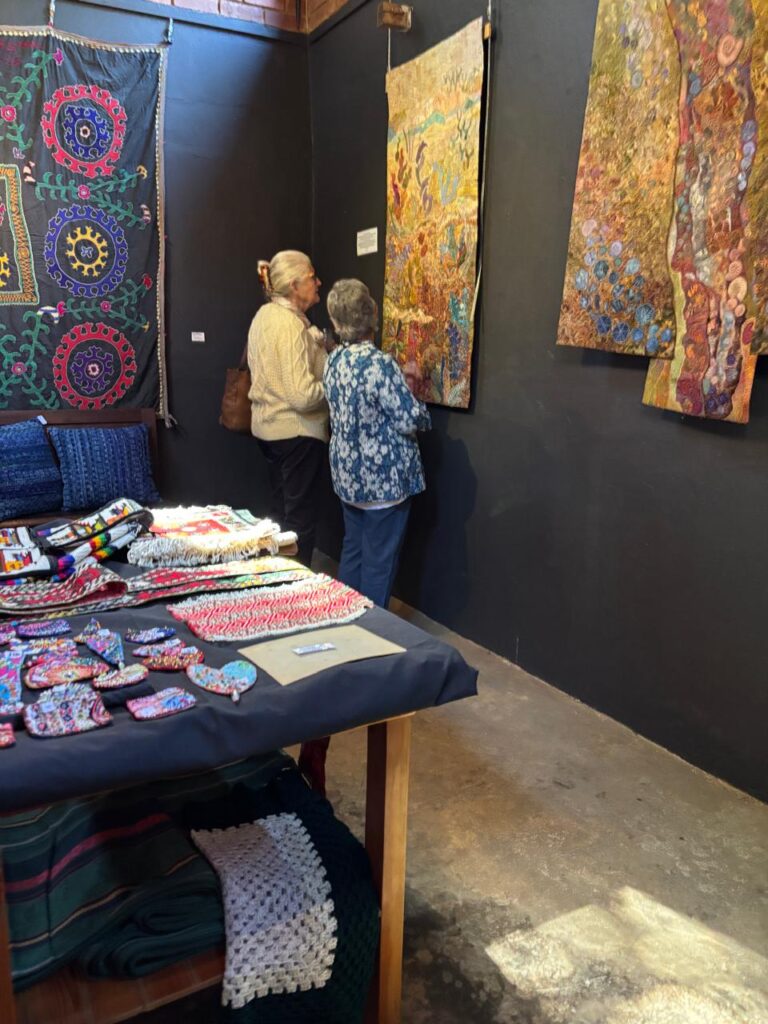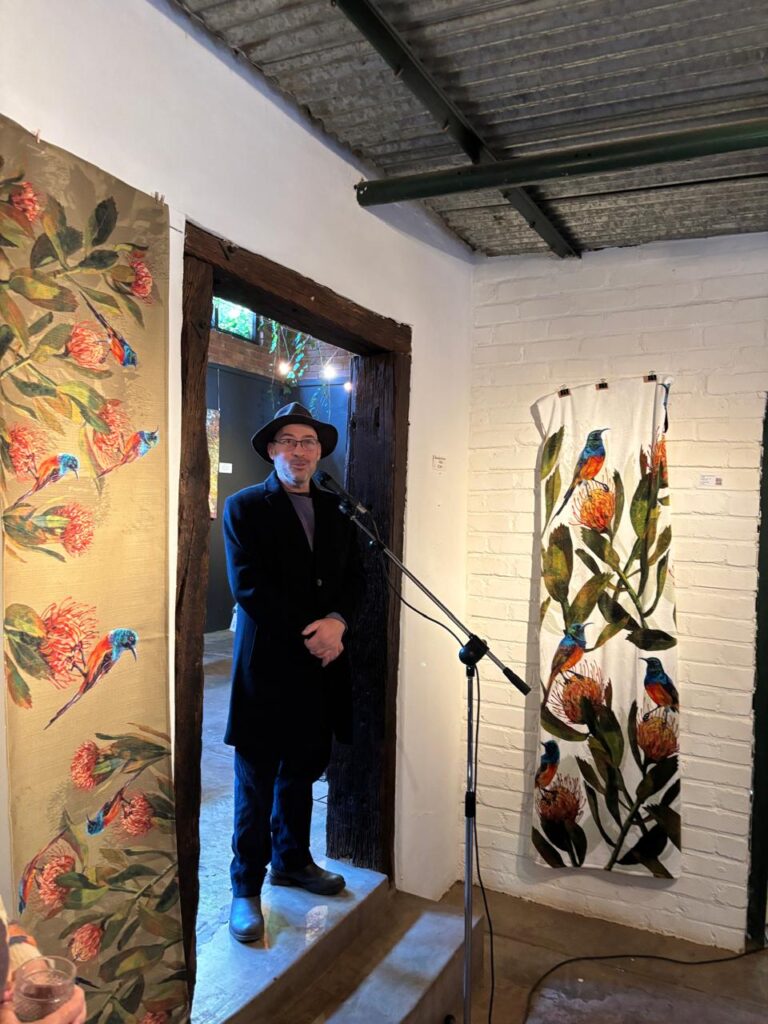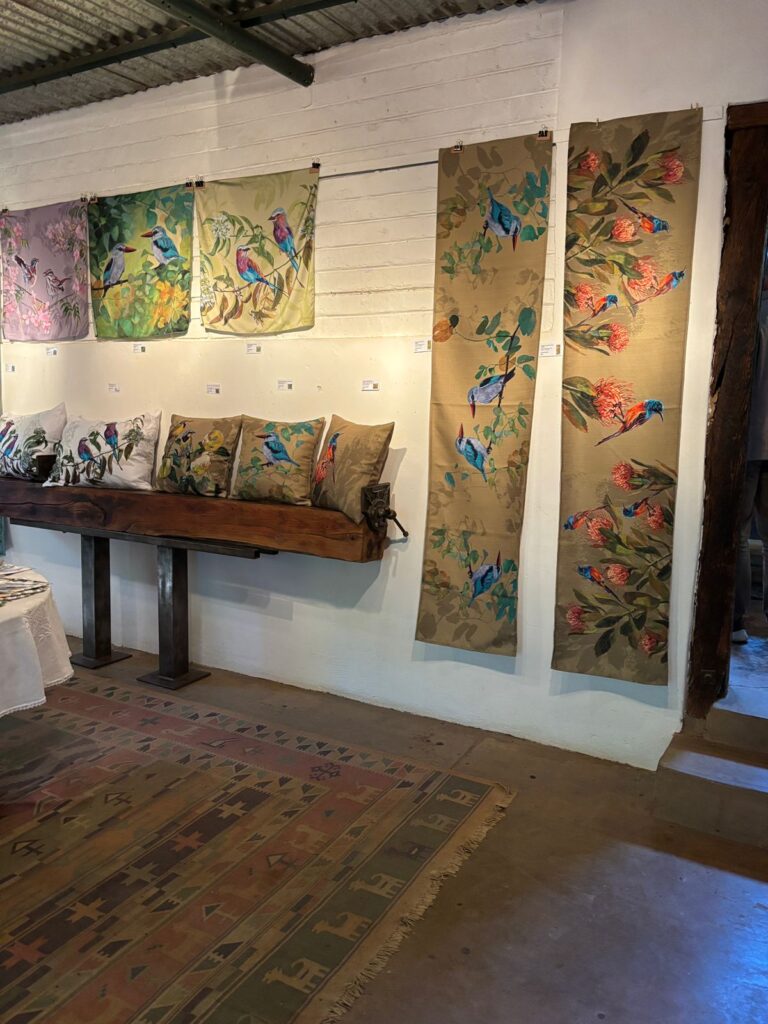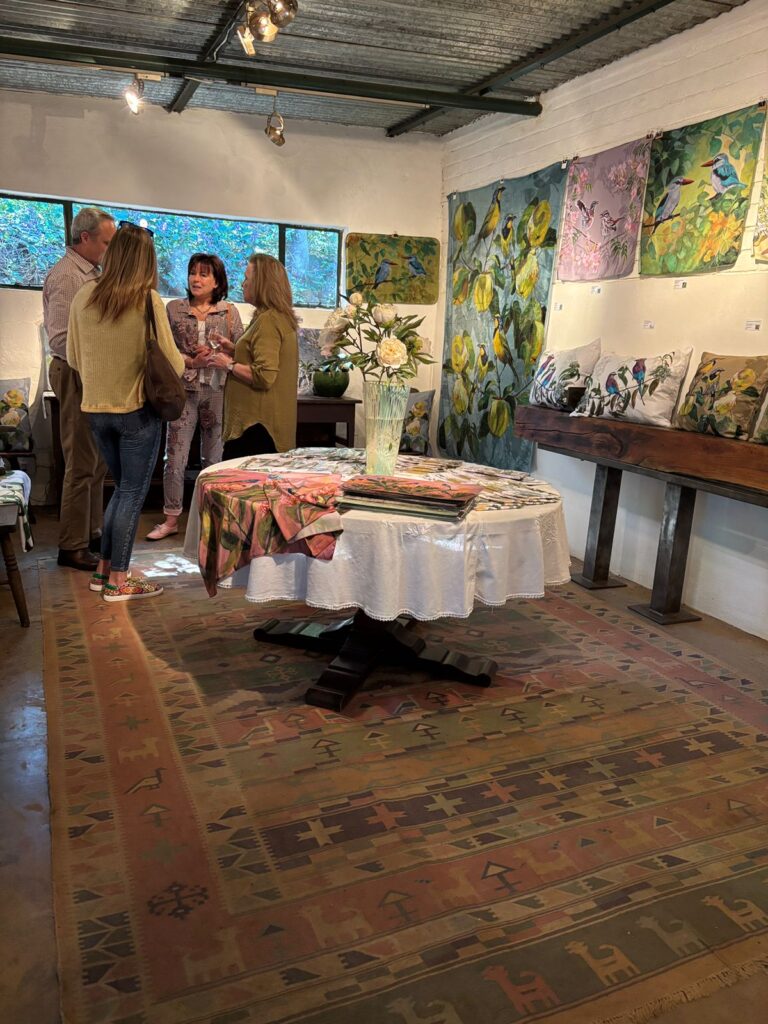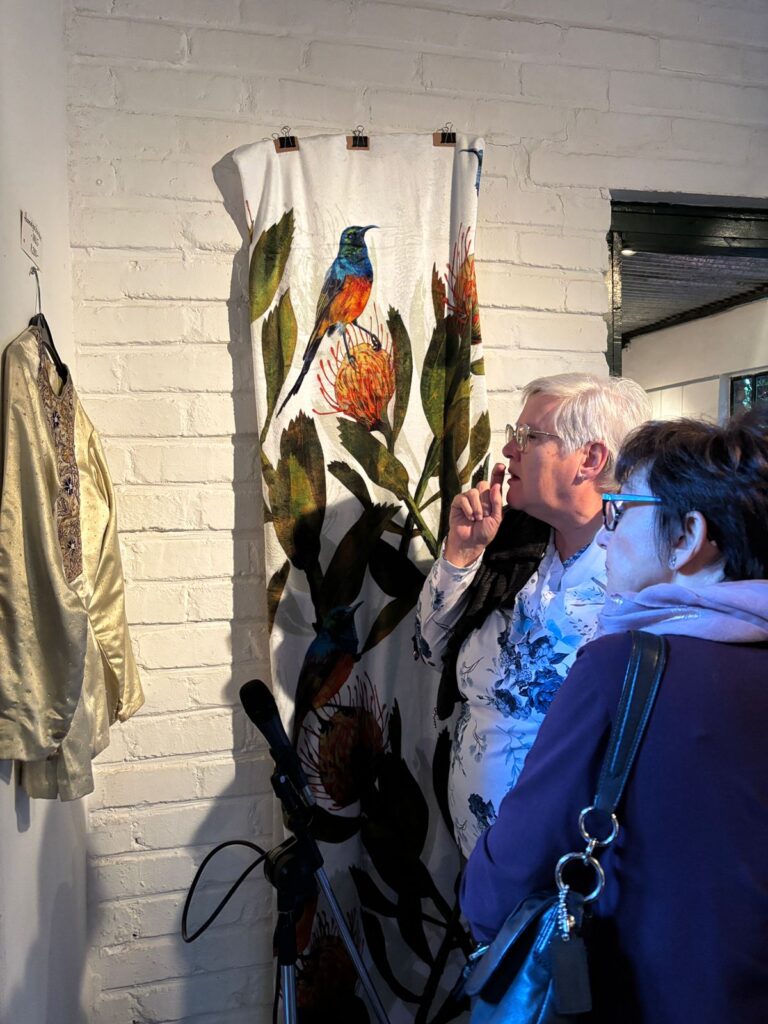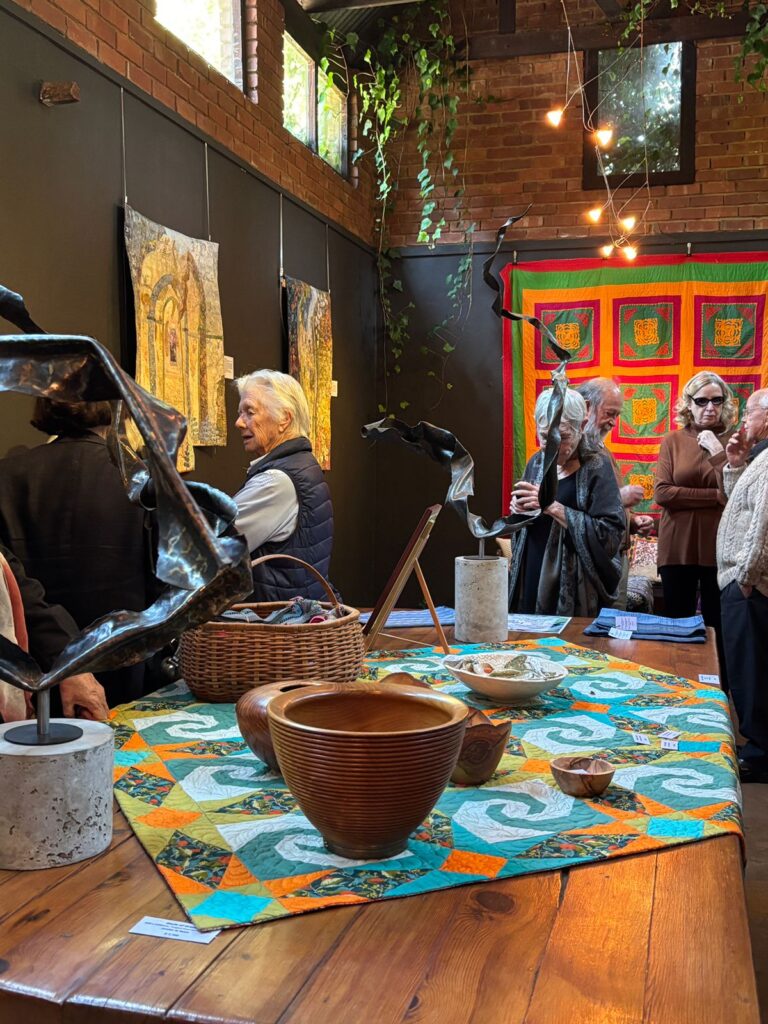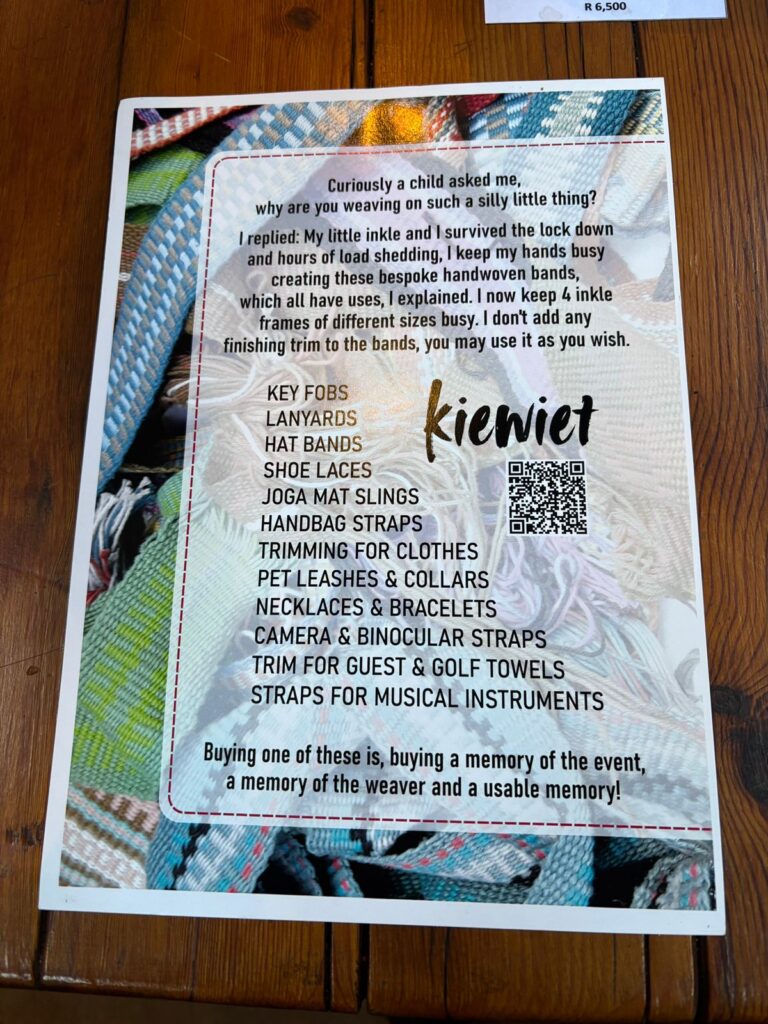
The evolution of polyester batting reflects major advancements in textile technology, changes in consumer needs, and the growth of machine quilting. Here’s an overview of how polyester batting has developed from its early forms to the high-performance products quilters use today:
1. Origins in Synthetic Fiber Technology (1940s–1950s)
- Invention of Polyester: Polyester was first developed in the 1940s by British chemists working for the Calico Printers Association. It became commercially available in the 1950s, marketed by DuPont as Dacron®.
- Early Use in Textiles: Initially used for clothing and industrial textiles, polyester’s durability, moisture resistance, and non-organic nature soon made it a candidate for insulation materials — including quilt batting.
2. Early Polyester Batting (1960s–1970s)
- Thick and Puffy: Early polyester battings were very lofty and often overly spongy. They were appreciated for being lightweight, mold-resistant, and cheap, but often lacked stability and drape.
- Shift from Cotton: Cotton batting was difficult to wash and could shrink. Polyester became popular for its washability, non-shrinking quality, and easy handling for beginners.
3. Refinement and Blending (1980s–1990s)
- New Manufacturing Techniques: Improvements in fiber processing allowed for finer, more uniform polyester fibers, producing battings that were smoother, flatter, and easier to quilt.
- Needle-Punched Batting: This technique punched fibers together with barbed needles, creating a more stable and compact structure, ideal for machine quilting.
- Bonded Batting: Heat- or resin-bonded battings held their shape better and resisted bearding (fibers pushing through the quilt top).
- Blends Introduced: Polyester was blended with cotton or rayon to combine the warmth and softness of natural fibers with the stability and washability of polyester.
4. High-Performance Quilting Batts (2000s–Present)
- Tailored Properties: Today’s polyester battings are engineered for specific needs:
- Low-loft for flat quilts and detailed quilting.
- High-loft for comforters or trapunto techniques.
- Thermal battings for insulation (e.g., heat-resistant projects).
- Recycled polyester for eco-conscious quilters.
- Machine Quilting Revolution: Modern battings are designed to perform well under the pressure of longarm machines — resisting shifting, bunching, or stretching.
- Soft Feel: Manufacturers have improved the “hand” of polyester batting — making it feel softer and more natural, almost like cotton or wool.
- Non-bearding Formulas: Innovations reduce the tendency of fibers to migrate through fabric layers.
5. Sustainability and Innovation (2010s–Today)
- Eco-Friendly Polyester: Recycled plastic bottles are now being used to produce green batting options, appealing to environmentally conscious makers.
- Custom Applications: Battings are now available for wearable quilts, art quilts, home décor, and even embroidery stabilization.
From Bulky to Brilliant
Polyester batting has evolved from a novelty synthetic alternative to a versatile, high-tech quilting essential. Whether you want extra loft, crisp stitch definition, or a thin layer for easy quilting, there’s a polyester batt to suit the purpose — a testament to decades of development and innovation.
